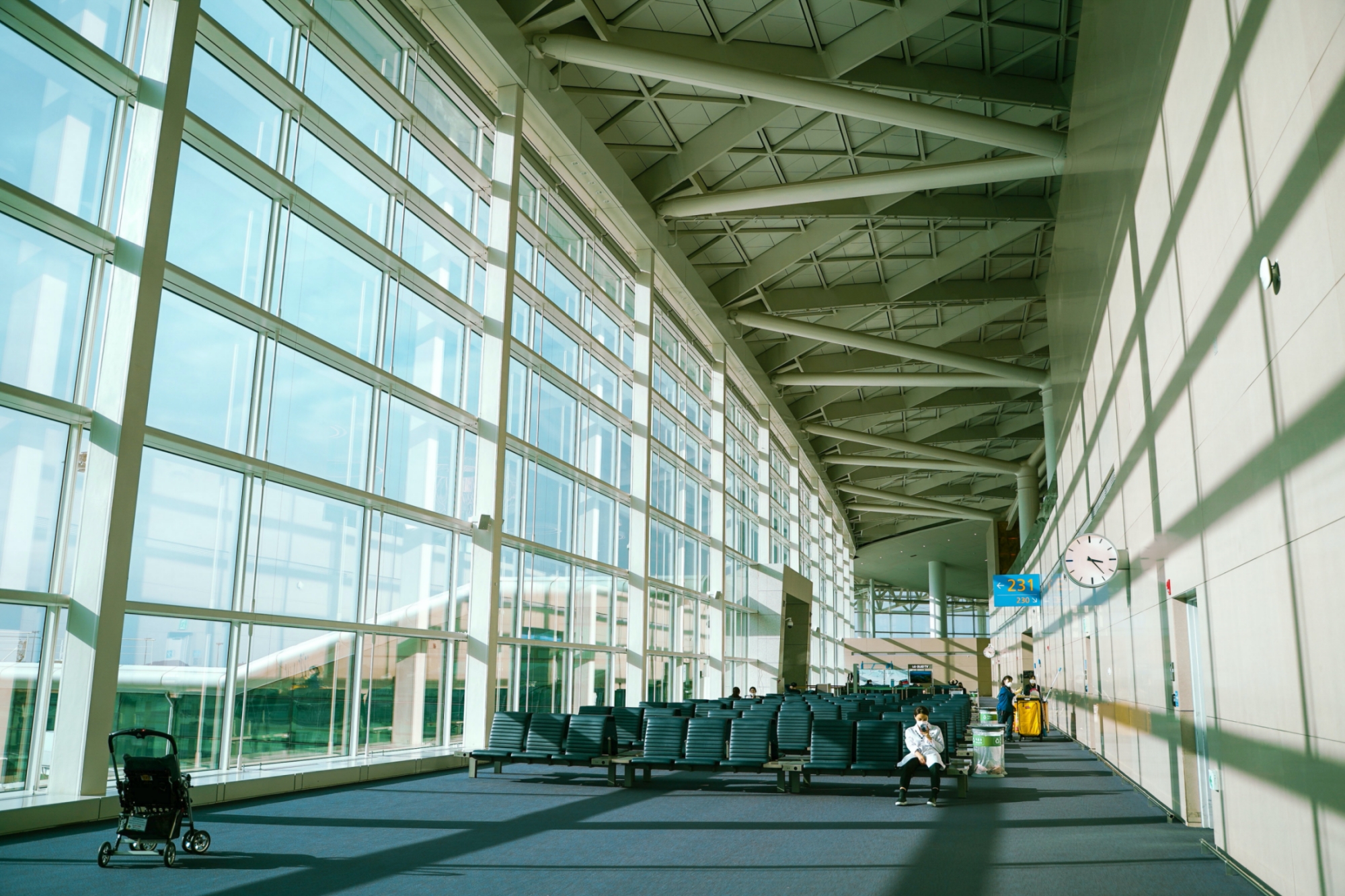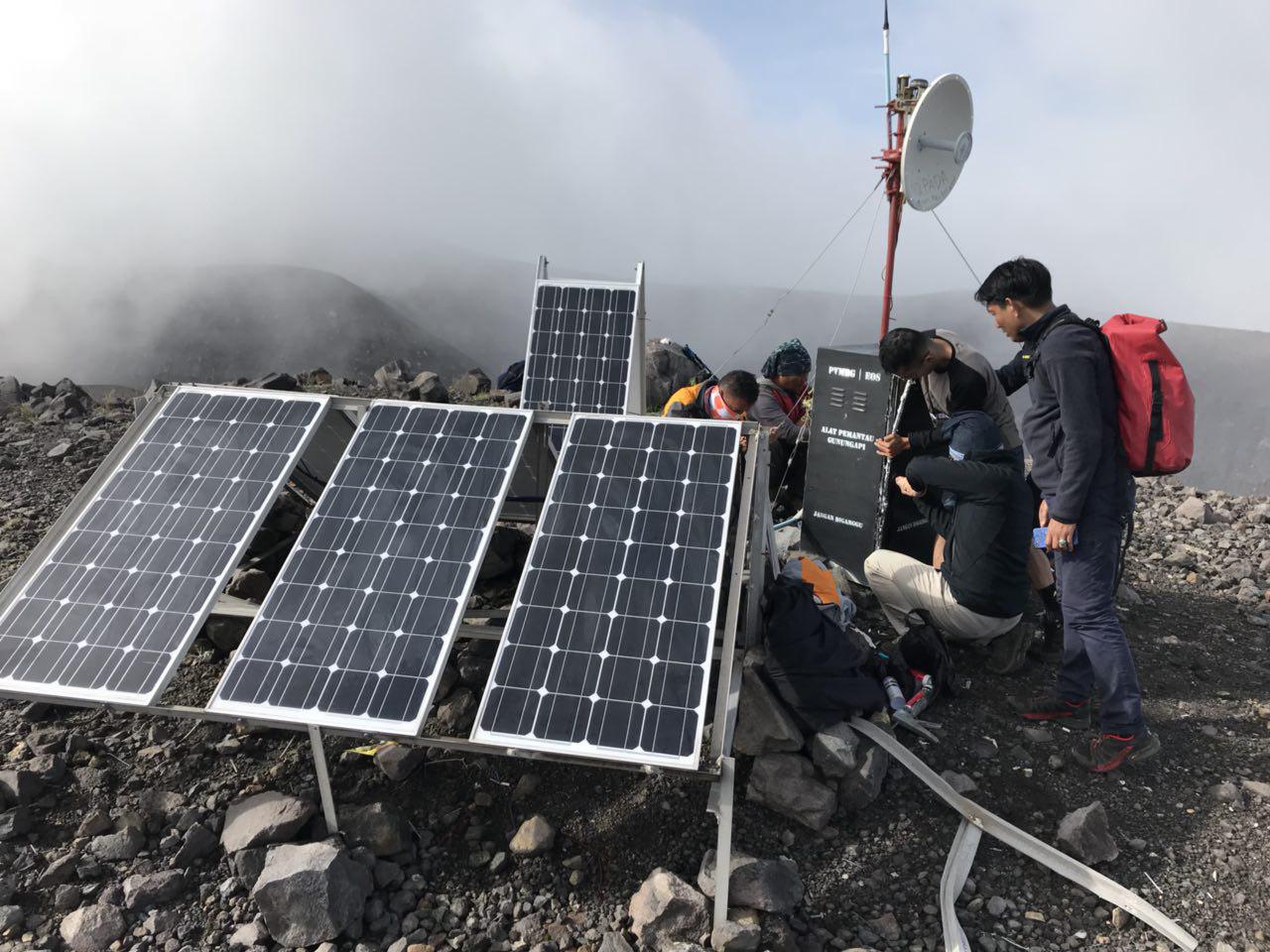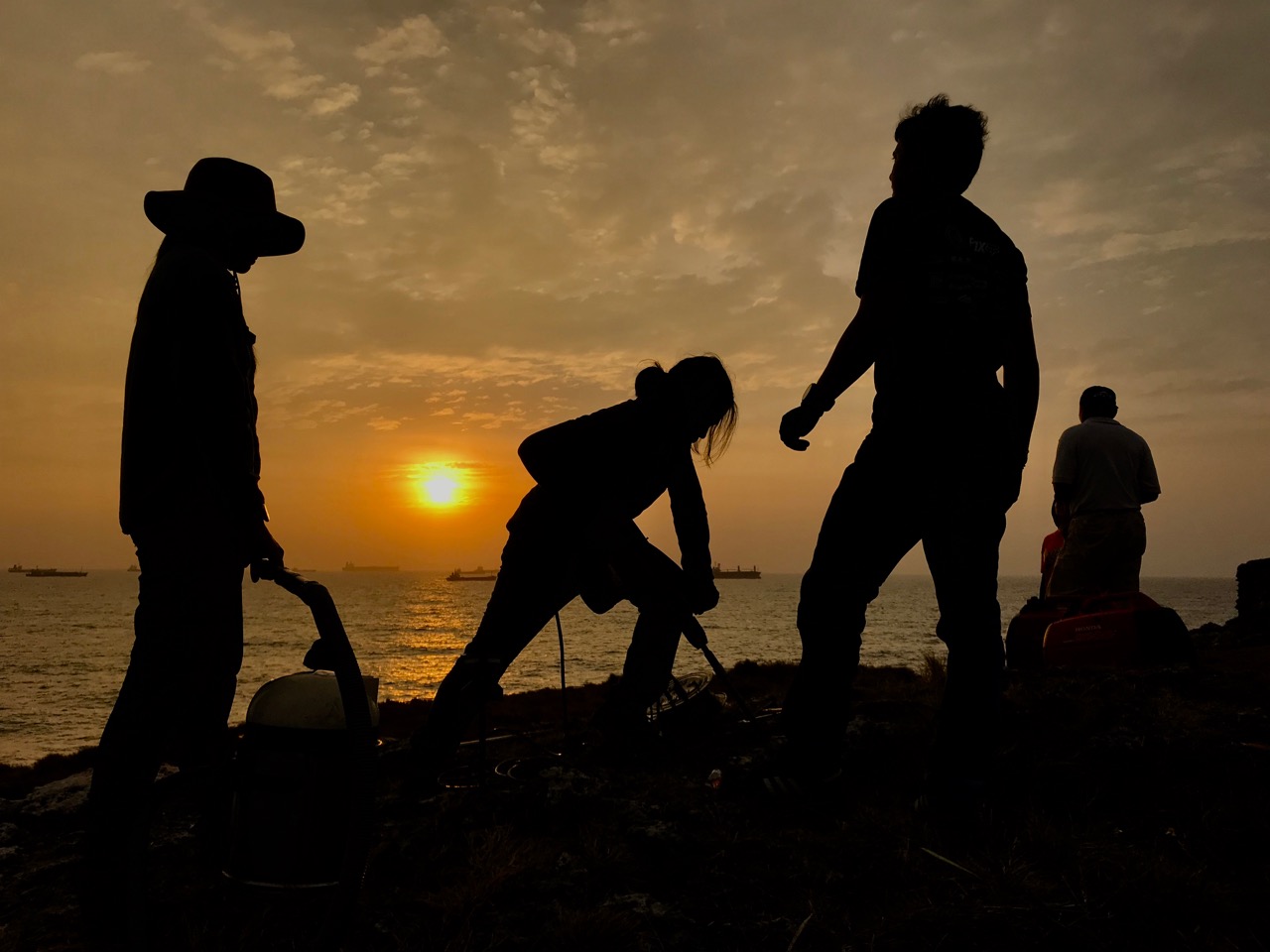Pandemics & Natural Hazards is a special series for the EOS Blog which looks at the compounding impacts of coinciding disasters. This third commentary is a contribution from EOS’ Centre for Geohazard Observations.

The daily coverage of the novel coronavirus disease (COVID-19) in the media has given the public an insight into how the crisis has impacted the healthcare sector. We’ve seen footage of hospitals inundated with stricken patients, hospital staff begging for supplies, and the global race to find the medical holy grail of the moment – a COVID-19 vaccine.
But what about the other sectors of science that are not directly linked to the coronavirus? How are they coping with, even transforming in, this pandemic and the ensuing cross-border lockdowns?

The Earth Observatory of Singapore (EOS), for example, is an Earth Science research institute that conducts fundamental research into natural hazards and disaster risk reduction in southeast (SE) Asia. With the suspension of international flights and border closures in an unprecedented effort to stem the spread of the virus by halting the movement of people across borders, how will the scientists continue with their research and data-collection?
Simply put, there are other ways – digital ways – to obtain data. EOS harnesses the latest in technology to acquire, transmit, compute, and archive the data collected from various locations throughout SE Asia. These include: Myanmar Seismic Network (a network of broadband seismometers and strong motion accelerators to record seismic data that will enable a better understanding of the seismicity and earthquake mechanism in Myanmar); infrasound monitoring (a system that detects low-frequency sound waves emitted by far-away volcanoes during an eruption); and the Sumatran GPS Array, also known as SuGAr (a network of 49 stations, spread over a thousand kilometres, that monitors movement on the convergent plate boundary between the Indo-Australian and Asian tectonic plates).

Does this mean that, in spite of the lockdowns, EOS is well-placed to stay ahead of the ongoing COVID-19 pandemic? The answer is both a yes and no.
“Keeping in mind that EOS is a research centre, and not a disaster response agency, we have been able to continue with our usual order of business well enough in this pandemic,” said Mr Leong Choong Yew, Director of the Centre for Geohazard Observations (CGO) at EOS, an office tasked with installing, maintaining, and managing all of its geohazard observation networks. “But there are limitations to what we can do at this time.
“Because field data can be transmitted via cellular and satellite communication, there is no need for us to send anyone out into the field to manually download it, if the equipment is working well. We have the capability to remotely monitor the health of the networks and investigate should something fail. If the problem can be dealt with remotely, we can quite easily fix it such as by reconfiguring or resetting the equipment. But, if the problem requires a physical replacement or repair, then of course we wouldn’t be able to fix it while a lockdown is being enforced,” he explained.

So, moving forward, how can EOS better prepare itself for the management of its research projects under such extraordinarily restrictive conditions?
According to Mr Nurdin Elon Dahlan, a Research Associate at the Asian School of the Environment, “It is important that we build sufficient local capability in the countries that we conduct our research in. We need to have in place robust arrangements with our overseas partners and collaborators that will allow us to deploy a local field crew to the stations. We should also have spare equipment stored locally in the warehouses to ensure that we will have quick access to the necessary hardware supplies.
“It would also be useful to expand on the breadth and depth of our existing collaborations with the local non-government organisations (NGOs). Because they have a strong connection to the local people, these NGOs will be able to call on the support needed from the local villages, allowing EOS to benefit from the availability of extra operational resources should they be needed,” Mr Dahlan added.

Mr Leong and his CGO team are confident that with measures in place to call on local field engineers and community during border closures, EOS will be able to steer its way through future pandemics. “Undoubtedly, the COVID-19 pandemic has forced us to think about how to do things differently. But, while we consider implementing a more robust outsource model,” Mr Leong cautioned, “we must take care not to outsource our responsibilities.”
